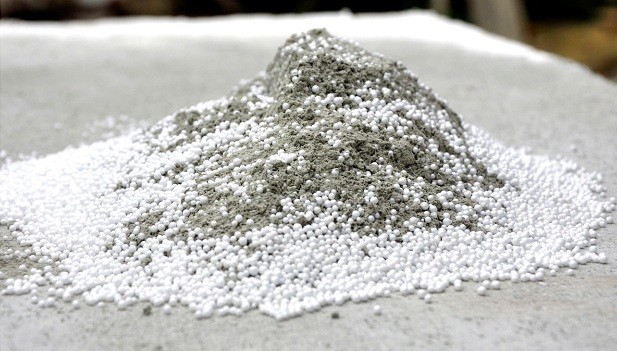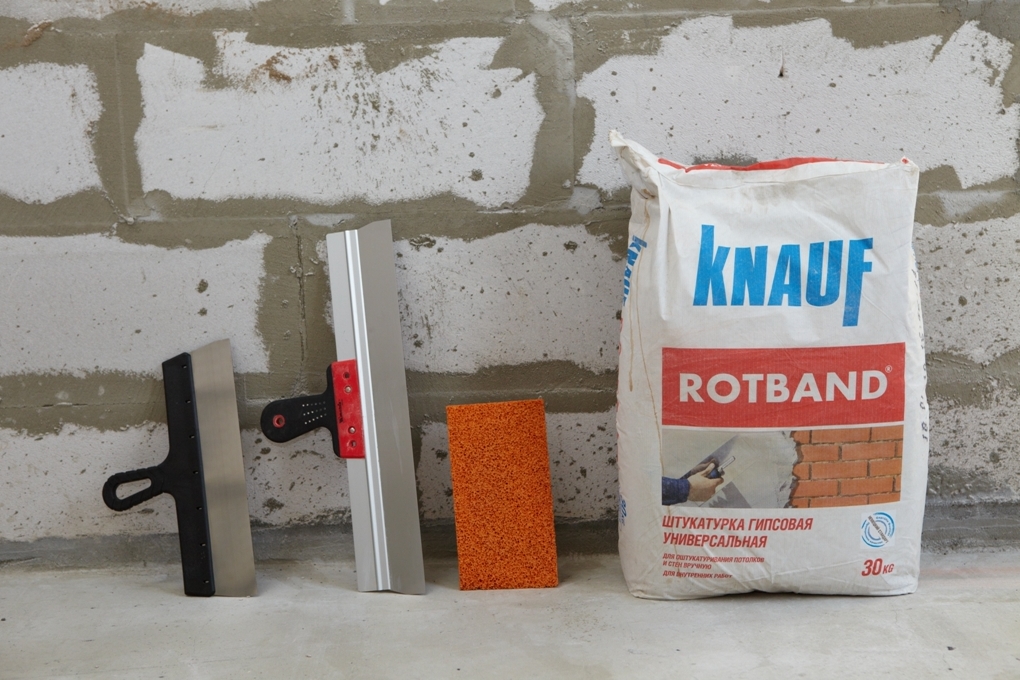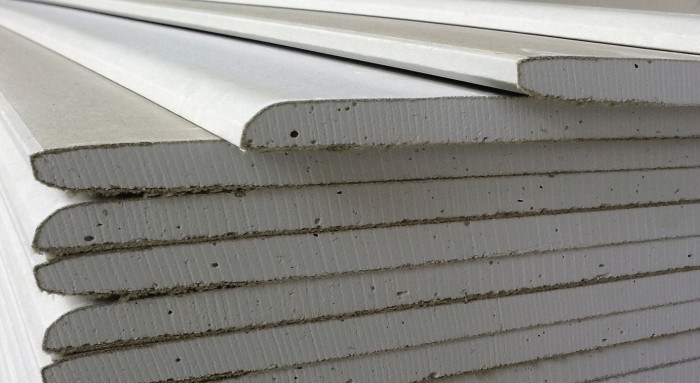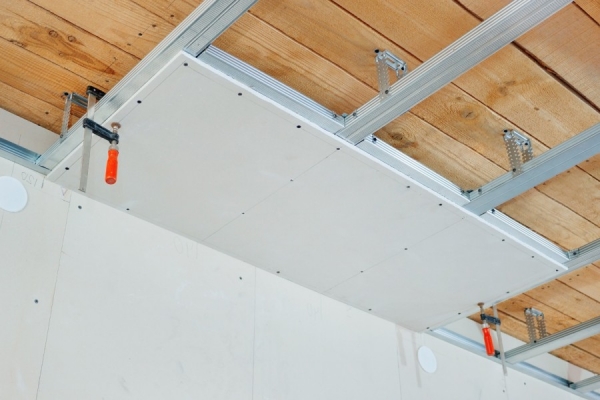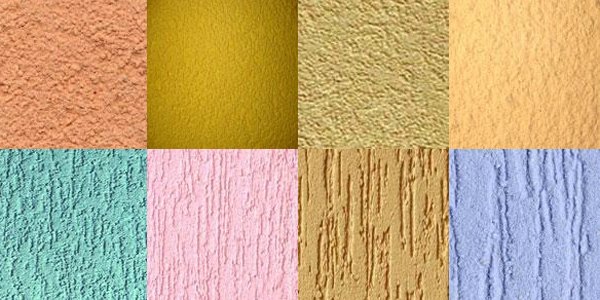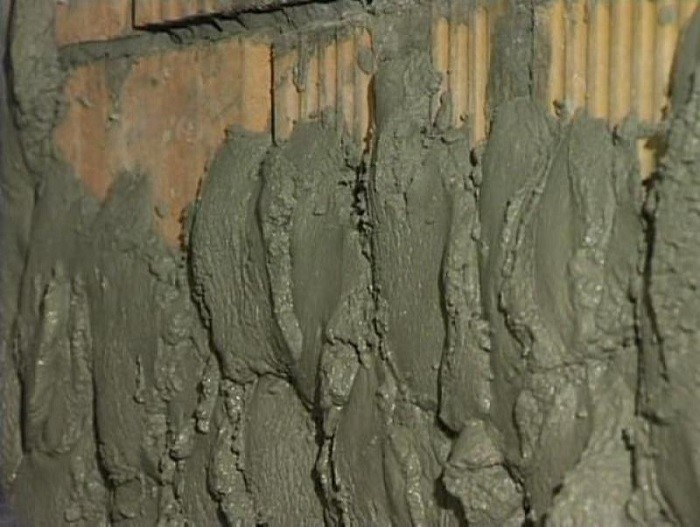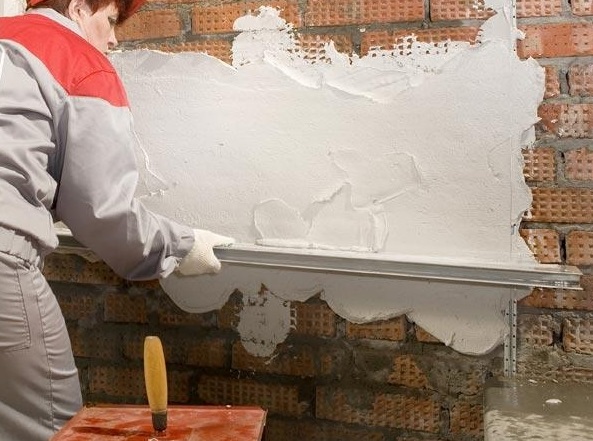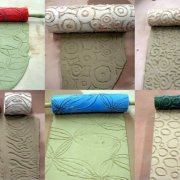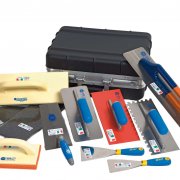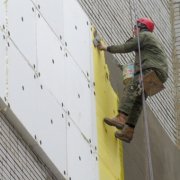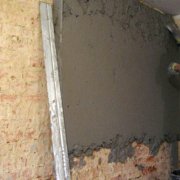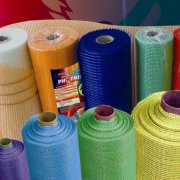Dry plaster
Dry plaster is a building material for finishing surfaces before applying the finish coating. Such a tool has its own characteristics and differs from similar products.
The content of the article
General information
Dry plaster has two definitions. In one case, the material is a mixture that is intended for the preparation of a solution for leveling surfaces and masking defects. This mixture is diluted with water and kneaded with an industrial mixer or a drill with a mixer nozzle.
Dry plaster has a second definition. This is a material in the form of sheets, which is 93% gypsum, and the sides are reinforced with cardboard or another similar product to protect the composition from cracking. The product is supplemented with other components that increase its operational period. Such dry plasters are universal products, as they are suitable for finishing any type of building base.
Advantages and disadvantages
Sheet material has the following advantages:
- Soundproofing. Gypsum has sound-absorbing properties, so the material protects the room from noise from outside.
- Ecological cleanliness. In the manufacture of the product only natural components are used, therefore the use of the material is safe for health.
- Fire resistance. The product refers to non-combustible products. If a fire occurs, only the finish of the plaster smolders, and gypsum does not contribute to the spread of the flame.
- High speed finish. The material is quickly mounted even by non-professionals performing DIY repairs. Finishing speed also increases due to the fact that you do not have to wait for the composition to dry. Finishing is done immediately after installing the material.
- Acceptable price. The cost of the product is several times cheaper than the price of similar materials.
Product disadvantages:
- Lack of sufficient strength. Because of this, it is not recommended to hang heavy objects on the material. These include bookshelves, lockers and plasma TVs.
- The material is not resistant to moisture. This also applies to those products that have moisture resistant impregnation. When exposed to moisture, the product becomes unusable. For this reason, the material is not recommended for outdoor use, as well as for the walls and ceiling of the bathroom, bathroom and kitchen.
Material setting
There are two ways to install dry plaster in the form of sheets.
To the frame
Instructions for fixing sheet material to the frame:
- Free the surface from the old coating, clean from dust and stains of grease. If the base has defects and irregularities, repair them.
- Fix the metal profile at the bottom of the wall to the screws. To do this, use the building level.
- In parallel with the upper profile, fix the rail under the ceiling. To do this, use a vertical metal profile. Install it perpendicular to the bottom rail on one side of the surface. The vertical profile should not reach the ceiling. The minimum distance between them is 2 cm. Fix another guide with screws on the other side of the surface. Between them draw a straight line and set a horizontal metal profile along it.
- Install vertical guides every 40 cm from the edge profiles. To fix them, also use self-tapping screws.Next, install horizontal guides every 60 cm from the upper profile.
- Using self-tapping screws, fix the dry plaster sheets to the surface. Then immediately proceed to the next stage of finishing.
On glue
To fix the product using a special adhesive. The product is diluted with water in the ratio indicated on the package and the solution is kneaded.
Rules for installing dry plaster in the form of sheets on the adhesive:
- Clear the surface of the old coating. Treat the base with a degreaser and grinder or sandpaper with grain P 60 or P 80.
- Primer the surface. This will improve the adhesion of the base and material.
- Apply adhesive to the surface. You can not process the entire base, but only the perimeter and center. Apply glue in large areas. To improve adhesion, the solution is recommended to be applied directly to the sheets of material.
- Fix the dry plaster to the surface. When the glue hardens, proceed to the next finishing step.
Material Purpose
Dry mixes for wall plaster have the following purposes:
- Disguising the imperfections of the building foundation. Plaster is used to seal large cracks and other similar defects.
- Leveling the building foundation. The material is used to eliminate large irregularities.
- Surface decoration. The product is used as a topcoat if it is intended for this purpose.
Types of plaster
Dry plaster mix has several types.
By appointment
Types of material, depending on the purpose:
- A conventional dry plaster mix is used to repair defects and smooth the surface. The tool contains a filler and a binder component. Depending on the composition, the material has a white or gray tint.
- Specialized plaster dry mixes. Such materials have special properties. Means can be sound absorbing, moisture resistant and have other characteristics. The composition of the product is complemented by components that improve properties.
- Dry stucco decorative mixes. Such materials are used for finishing walls. The composition of the product includes components that give an unusual and beautiful texture to the construction base.
In composition
By composition, dry stucco mixtures, GOST, not every product exists, are classified as follows:
- Gypsum product. Such dry plaster mixes make the surface even and smooth. The product contains mainly gypsum, but fillers also go into the composition, which increase the properties of the material, making it more durable and elastic. The tool is used only for interior work and for finishing dry rooms, since gypsum does not have moisture resistance.
- Cement product. Such a dry plaster mixture is used for exterior and interior decoration. The tool has increased strength, long service life and moisture resistance. Disadvantages - shrinks.
- Based on a lime mixture. The composition of the product also includes sand and cement. Such dry plaster mixes are used for surface finishing indoors. The product is easy to apply and dries quickly. Disadvantages - low strength and lack of resistance to moisture.
Application rules
Plaster dry mixes have the following application rules:
- Prepare the building foundation. Remove old paint, tile or wallpaper. Clean surfaces from dust and other contaminants and get rid of stains of grease. Apply the primer in two layers with a break for drying.
- Prepare a solution. To do this, place the mixture in a clean container and add cold water in the proportions that indicate the packaging of the material. Using a construction mixer, bring the product to a uniform consistency of thick sour cream.For this, you can also use a drill with a nozzle in the form of a mixer. The product freezes in a few minutes, therefore, it is recommended to cook the product in small portions.
- If there are defects on the surface, then fill them with repair compound. Then wait until the product dries. Spread the material over the surface. Take a break to dry the plaster. Clean the surface using P 100, P 120 or P 150 sandpaper. Coat the plaster with two coats of primer. After each application, interrupt to dry the product.
- Apply another coat of plaster. Repeat the corresponding manipulations in the same sequence. Next, finish.
Dry Mix Consumption
The consumption of dry stucco mixture per 1 m2 depends on the number of defects and the degree of unevenness of the building base. The more cracks and drops, the higher the product consumption. Consumption also depends on the type of material. Exact numbers indicate the packaging. Consumption is from 8 to 18 kg with a layer thickness of 10 mm.
Decorative possibilities of the material
Dry plaster mixes are used for finishing, if the products are specifically designed for decorating a building base. These include Venetian plaster, bark beetle and other similar means. Such products form an unusual attractive texture on the surface and serve for a long time.
The video in this article demonstrates how to properly use dry plaster for wall decoration.
